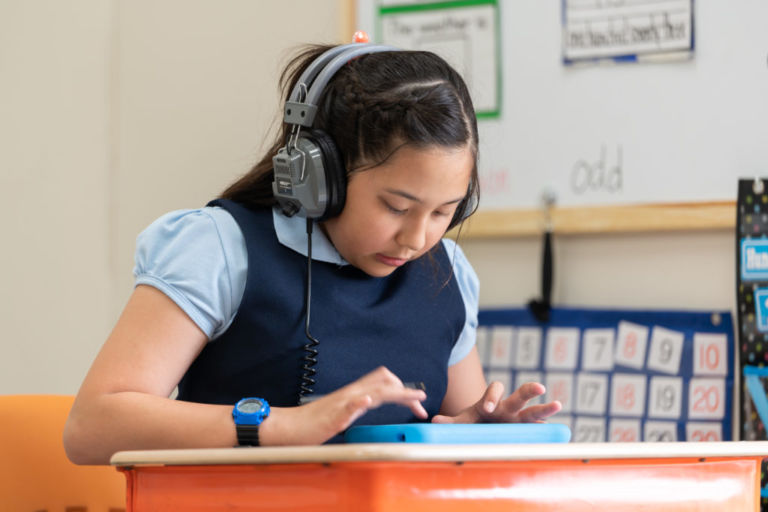The headline of this Atlantic story is what caught my eye:
The Controversy Over Parents Who Eat Lunch With Their Children at School
Really? It’s controversial to eat lunch with your child? These days, the answer is yes.
At some schools, swarms of parents wait in line to be escorted into the lunchrooms and sit with their children, some as old as 10, for a meal. One school district in Darien, Connecticut, found its cafeterias so inundated with parents that this week it announced an outright ban on parent-student lunches. “It feels like a punch in the gut,” Jessica Xu, a parent whose oldest child is in first grade, told the Associated Press after learning of the decision. “I chose the town for the schools. I’m so frustrated the schools don’t want me there.”
I encourage you to read the whole piece. It lays out the pros and cons of what occurs when parents show up at school. There will always be ‘helicopter’ parents who take the lunchtime visit too far — feeding their kids, for example. But in a day when one of our challenges is not enough parent involvement, it seems that schools and teachers would welcome parents. Well, not exactly.
The middle-school teacher from Connecticut said that even though it can feel upsetting to be cut off from what you consider valuable time with your child, it’s important to remember that schools have the best interest of kids at heart. “I know from being an educator for over 12 years … It’s the school’s responsibility to care for the students while they’re in school, and they need to make the best choice possible for the students,” she said. (emphasis is mine).
And there’s the problem. This teacher believes that when a child is dropped off at school, the parents have ceded control and decision-making to the school. I disagree. I believe it’s a partnership led by the parent who understands he or she needs to work with the school. This ‘controversy’ is one more reason why I support empowering parents with choices about who and where their kids are educated. Those who believe the school is in control can choose a school that agrees with them. Those who believe it’s a partnership can choose something or someplace different. And those who believe the parent is always in control can choose an option that aligns with their beliefs. More choices means more personalized learning, happier parents, and happier kids.
Here in North Carolina, the John Locke Foundation is the leading voice for empowering parents. JLF’s recommendations for expanding school choice in North Carolina are:
- The state should continue to increase funding for existing voucher programs to accommodate all eligible applicants. Every year, thousands of low-income and special-needs students remain on wait lists due to legislatively imposed funding caps. The increasing popularity of both programs suggests that, at their current level, the supply of scholarships will fail to meet annual demand.
- Increase the number of students that are eligible to receive state-funded education savings accounts (ESAs) and allow unspent funds to be deposited into a college savings account. North Carolina should expand ESA eligibility to low- and middle-income students and allow them to deposit unspent funds into a 529 savings account to offset the cost of postsecondary education and training.
- School districts should make greater use of open enrollment and magnet schools, allowing parents to send their children to the public schools that best meet their needs. District leaders should employ choice and competition to improve academic performance within the district system.


